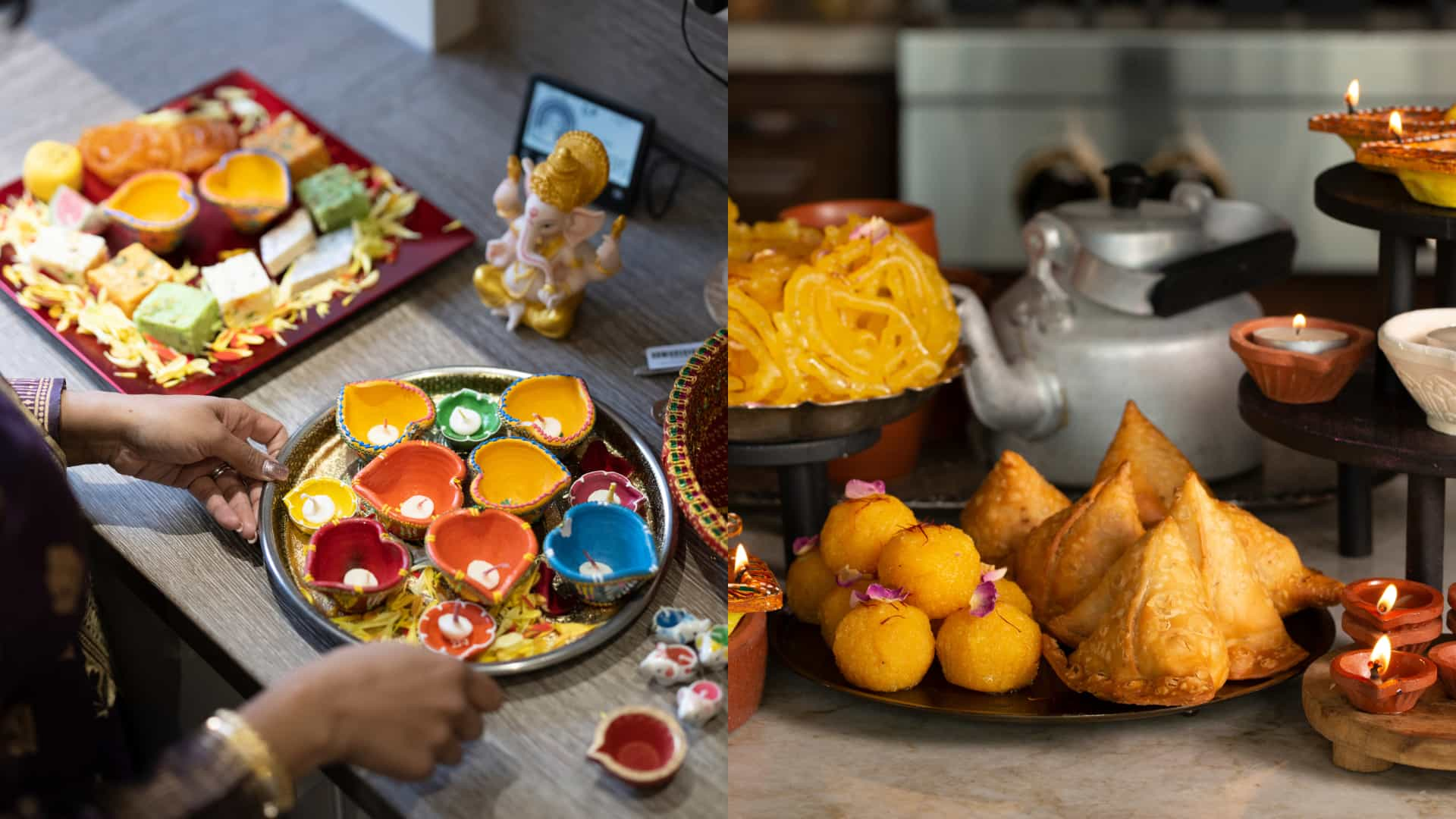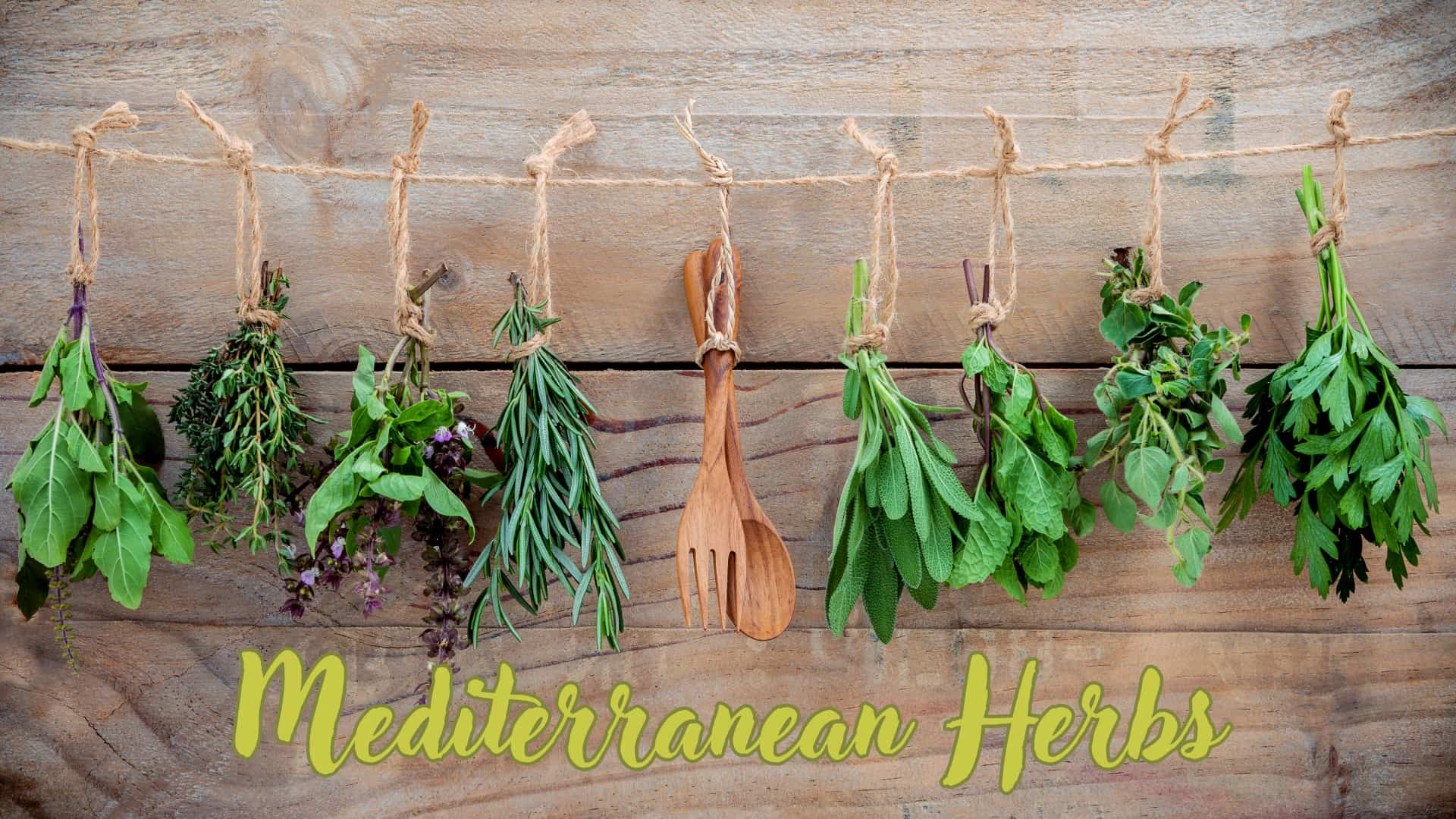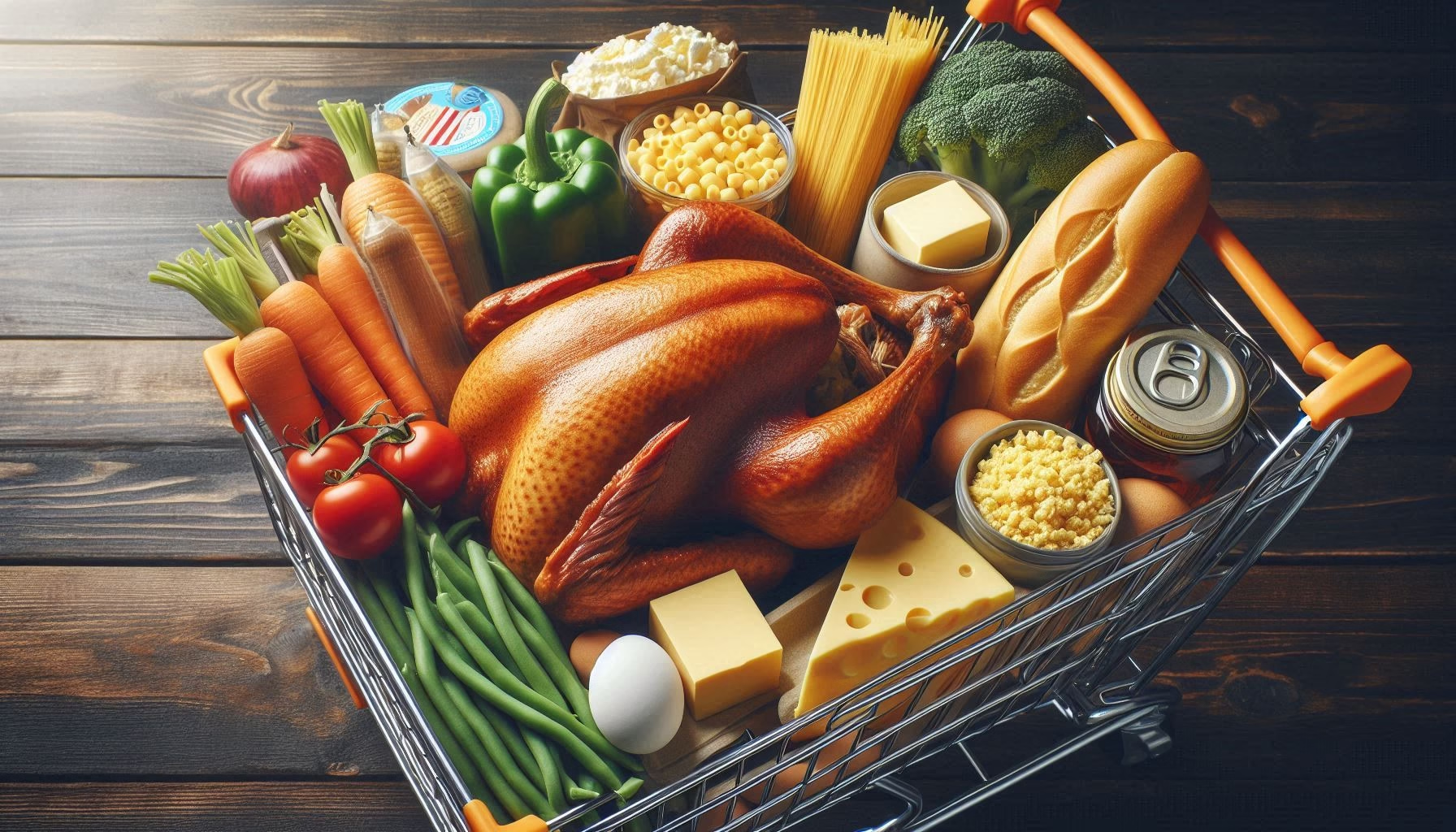
Living Up
Lessons to level up your life

The story of the culinary uses of spices in India and surrounding regions is one that spans millennia, weaving through civilizations for thousands of years. Like the fragrant tendrils of saffron in a pot of biryani, these aromatic treasures have transformed Indian cuisine into an intricate tapestry of flavors, while simultaneously shaping world history through trade, conquest, and cultural exchange. From the robust earthiness of cumin to the warming embrace of cardamom, from the golden brilliance of turmeric to the fiery intensity of black pepper, Indian spices represent more than just flavoring agents – they are the essence of a culinary tradition that has captivated palates across the globe.
These Indian spices are not merely ingredients; they are the foundation of Ayurvedic medicine, the guardians of food preservation in tropical climates, and the architects of dishes that dance on the tongue with complex layers of flavor. Each spice carries its own legacy: black pepper was once worth its weight in gold, turmeric was revered for its healing properties, cinnamon was sought after by ancient Romans, and cardamom was dubbed the “queen of spices.” Together, they create the symphony of flavors that defines Indian cuisine, while individually offering a wealth of health benefits that modern science continues to validate.
Like many cuisines, Indian cuisine uses both fresh and dried spices, some examples include curry leaves, fresh turmeric root, ginger, cardamom, black cardamom, and Asafoetida (hing) – called “hing” in Hindi or Urdu. Of all the Indian spices and herbs used in this cuisine, this post will expand on the latter, asafoetida, a spice that stands apart in both its production methods and culinary applications.
Indian cuisine’s sophistication lies in its masterful use of both fresh and dried spices, each bringing distinct characteristics to dishes. While fresh ingredients provide vibrant, immediate flavors, dried Indian spices such as black cardamom offer deep complex notes that form the backbone of many dishes.
The use of fresh varieties versus dried varieties will be minimally listed, the extensive repertoire of Indian spices is too large for this post. While traditional wisdom has long recognized the powerful uses for flavoring, the medicinal properties of many of these Indian spices have long been recognized to support digestive and respiratory health, and have recently been proven beneficial in several scientific studies.
The spice box, or “masala dabba,” found in every Indian kitchen, tells a story of ancient wisdom passed down through generations. The masala dabba is a truly fantastic idea, this could be adapted to Mexican or Chinese cuisines, and when you are using Indian spices daily, there is nothing simpler than to open the spice box and simply spoon out what you need, rather than digging individual containers and opening each one by one.

I truly love this box, Amazon carries this spice box King International stainless steel Indian spice box with 7 see-through containers (masala dabba), best of all, you refill with your very own selection of Indian spices, instead of buying brand name spices that sometimes have been at the grocery store forever, going to specific international food stores, you can find Indian spices in small bags that you use to refill your containers at home.
Popular dried spices in Indian cuisine Used Dried Only include:
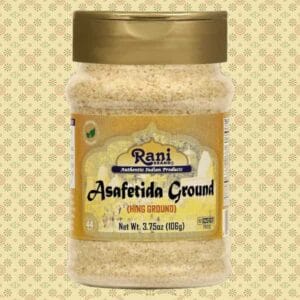
Rani Asafetida, also known as hing ground is available from Amazon in 3.75oz (106g). It’s salt free and an excellent substitute for onion or garlic
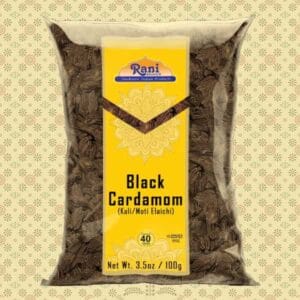
You can find Rani brand black cardamom pods (Kali Elachi) in whole form in 3.5oz (100g) vegan and gluten friendly, a favorite among shoppers on Amazon.

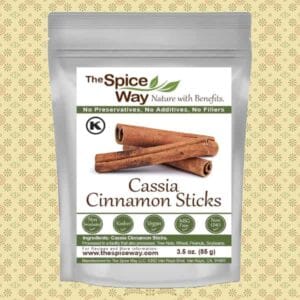
• Cinnamon/Cassia bark – used as dried bark form the Cinnamomum cassia tree primarily cultivated in China and Southeast Asia. Popular for savory dishes. You can get cinnamon sticks from Amazon by The Spice Way 3.5 oz bag of Cinnamon Cassia Sticks
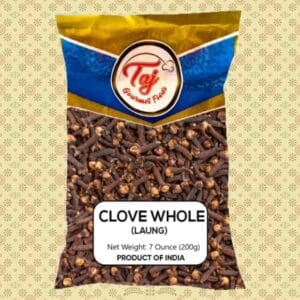
• Cloves – dried flower buds, native to Indonesia, used in both sweet and savory dishes. You can find a bag to refill your masala dabba from Amazon from TAJ Gourmet Foods, a 7-ounce bag of whole clove aromatic spice pods, excellent for tea and cooking.
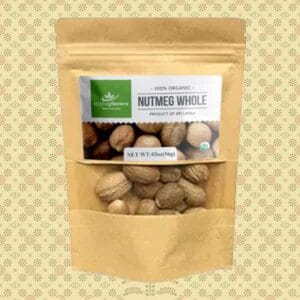
• Nutmeg and Mace – always used dried for cooking. With nutmeg you can’t go wrong using the whole pods and grating it fresh over your foods, and you can share with friends and family because you always want to use fresh nuts, in this case Amazon offers from Ceylon, Whole Authentic Nutmeg 2 oz (56 g) Handpicked from Organic Sri Lanka Farms, Natural Super food enriched with aroma & flavors for cooking.
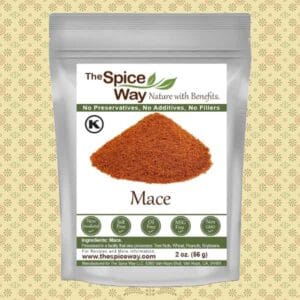
• And mace can also be found in Amazon from The Spice Way Mace Ground – (2 oz) pure mace powder, also sold in whole form, but somehow I think this would do well.
The drying of Indian spices affects the flavor and potency of many dishes, there are distinct preferences and requirements for fresh versus dried spices! Some spices, however, can be used both fresh and dried, such as ginger, garlic, and coriander.
The ideal uses for fresh vs dried Indian spices in different cooking situations have a lot to do with how are the dishes served, for example, fresh Indian spices and herbs can be used as a decorative touch for finishing up a dish. Fresh Indian spices are also great used for marinades or when cooking quick meals such as using garlic or chilies for a quick stir fry.
On the other hand, dried Indian spices are best used when a dish requires a long time to cook, and when used in dry rubs. An easier way to remember is by listing the best uses for fresh and dried Indian spices by purpose, as follows:
The best uses for dried Indian spices are in long-cooking dishes, such as biryanis using dried whole Indian spices (cardamom, cinnamon, cloves). Curry bases use ground dried spices, slow-cooked curries make the best use of dried red chilies, and bay leaves are best in stews and soups.
Dried Indian spices that are used in base or foundation flavors include ground cumin and coriander in curry bases, turmeric powder in lentils, asafoetida in dal tempering, and dried fenugreek leaves (kasoori methi) in butter chicken.
For dry rubs, the best Indian spices and spice mixes are garam masala for meat rubs, Tandoori masala blends, Chaat Masala for snacks, and curry powder blends
To demonstrate these principles in cooking methods, here are a few recipes that use fresh and dried spices.
Fresh Indian spices that are used in finishing the Dal Tadka include: fresh curry leaves, green chilies, ginger finely chopped, and coriander for garnish.
Some dried Indian spices that are used as the base in dishes include turmeric powder, cumin seeds, asafoetida, and red chili powder.
The basis of this dish is the lentils, you cook them as you would pretty much any legume. I have found that they cook fairly quickly on a stovetop, but you can use an instant pot or pressure cooker for a few minutes (8 -10).
The tadka or tarka that accompanies the lentils is a technique of oil infused with Indian spices, you can have both fresh and dried in this mixture, but you start out with the seedy dried ones to ensure the oil helps them release the flavors along with chilies and leaves, follow with powder forms such as turmeric, and last go fresh Indian spices such as grated ginger, garlic, and even chopped tomato if you desire. This is what goes on the lentils when they are served with basmati rice. A generous spoonful is poured over the lentils and they are mixed as people prepare to eat.
The fresh Indian spices used in this dish include mint leaves, ginger, garlic, green chilies, and cilantro for garnish.
The dried Indian spices in this dish include ground mace, turmeric powder, red chili powder or cayenne pepper, garam masala, green cardamom pods slightly crushed, cloves slightly crushed, cinnamon sticks, shah jeera or caraway seed, anise seed, black cardamom, and saffron.
Fresh ingredients may include curry leaves, ginger cut julienne style, green chilies, and garlic. The use of mustard seeds, turmeric, black pepper, and sesame seeds, is one of many combinations of Indian recipes for stir fry green beans.
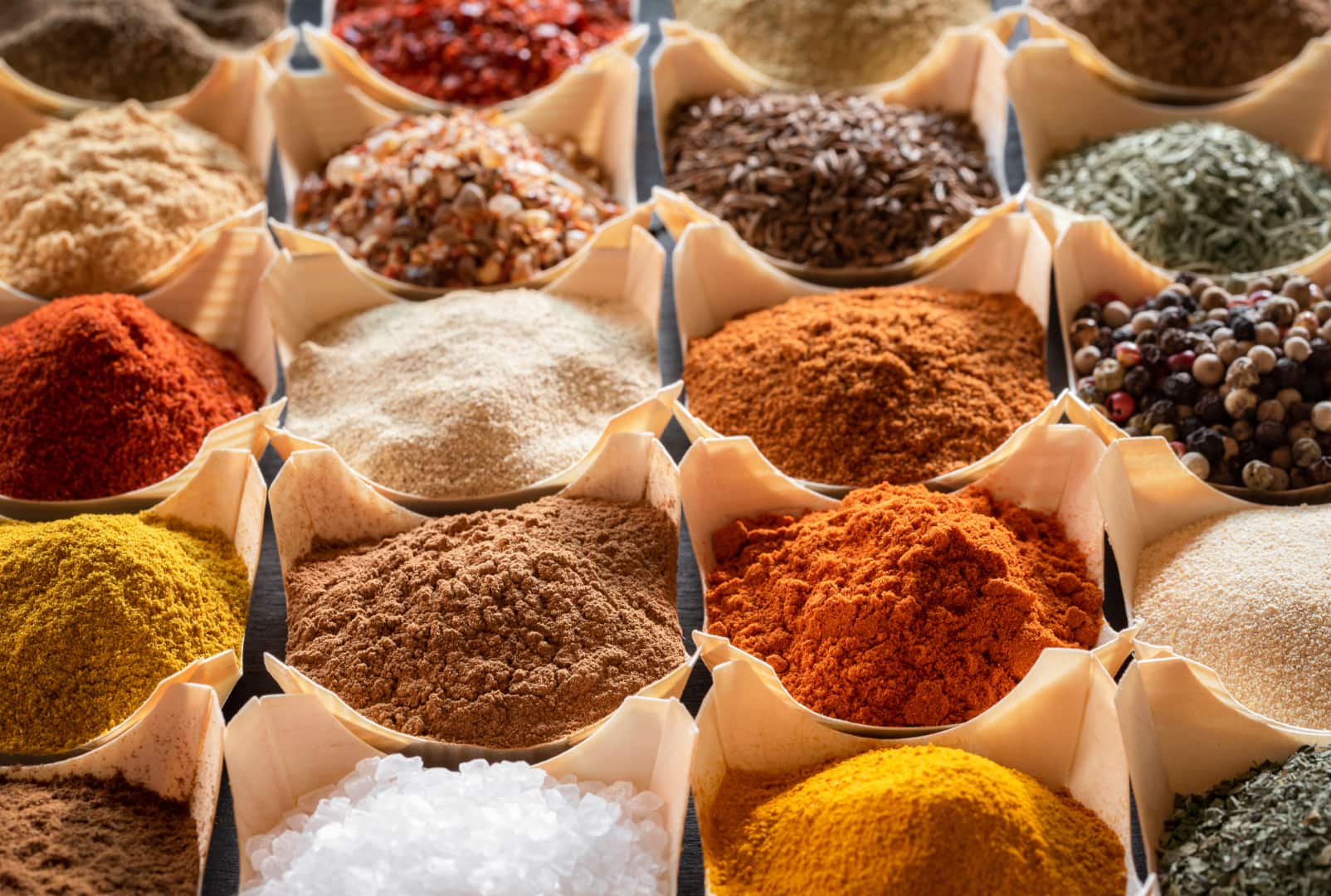
Referring back to my post Herbs and Spices around the world, the nutritional aspect of fresh and dried is pretty much the same, as long as your dried herbs are not very old. You can tell the age of dried herbs when you smell them and can’t sense their natural aroma when they have lost their vibrant color in some cases. Comparing the use of fresh vs dried Indian spices is mostly a matter of what you need in the recipe, dried herbs and spices will render a more powerful flavor, but you have to include them in the dish when the liquids or oils are going in to allow them to re-hydrate and flavor the accompanying elements in the pan (proteins, grains, or vegetables).
Enjoying Indian cuisine is the thought that comes to mind when you smell all the spice aromas as they are cooking, but, for optimal use and to reap the benefits for health, we should consider that combining both fresh and dried herbs and spices leads to maximum benefits. The use of fresh Indian spices has an immediate therapeutic effect, as their freshness envelope our senses. For meals that require long-term cooking, dried herbs provide the stable compounds needed to flavor the dish.
One can’t dismiss the fact that some cooking will impact the quality of the nutrients, dried Indian spices will deliver in terms of flavor, but nutritionally their compounds may be compromised, and that’s the reason why we need variety and balance at the table. Overall, the impact of nutrients in the body comes from meals and teas, which is why Turmeric Lattes are so popular as are other medicinal teas, and why steeping of herbs and spices should only be a couple of minutes. When you have this balance in a diet, you can be sure you are getting benefits in all the foods you eat.
.
Good food is the foundation of genuine happiness.
– Auguste Escoffier
Sources:
Ajmera, R. (21 Mar 2023). 13 Herbs That Can Help You Lose Weight. Healthline, Weight Management, Nutrition. https://www.healthline.com/nutrition/weight-loss-herbs
Falkowitz, M. (16 Jul 2020). Spice Hunting: Black Cardamom. Serious Eats, Ingredients, pantry guides. https://www.seriouseats.com/spice-hunting-black-cardamom.
McNamara, A. (n.d.). 75 Best Indian Food Quotes and Captions. Toast. https://pos.toasttab.com/blog/on-the-line/indian-food-quotes-and-captions
McGrane, K. (31 Dec 2021). What is Asafoetida? Benefits, Side Effects, and uses. Healthline, Nutrition. Medically reviewed by Imashi Fernando, MS, RDN, CDCES — Written by Kelli , MS, RD. https://www.healthline.com/nutrition/asafoetida-benefits
Planmeal. (n.d.). Nutrient values of Indian Food. Indian Food APIs, Indian Food Table. https://planmeal.com/indian-food-table
Singla, A. (17 Mar 2022). Anupy’s Spice Corner: Black Cardamom. Indian As Apple Pie Recipes, Spice Blends, Spices. https://www.indianasapplepie.com/blogs/indian-as-apple-pie/spice-corner-black-cardamom
WebMD. (n.d.). Star Anise – Uses, Side Effects, and More. Vitamins & Supplements. https://www.webmd.com/vitamins/ai/ingredientmono-364/star-anise



